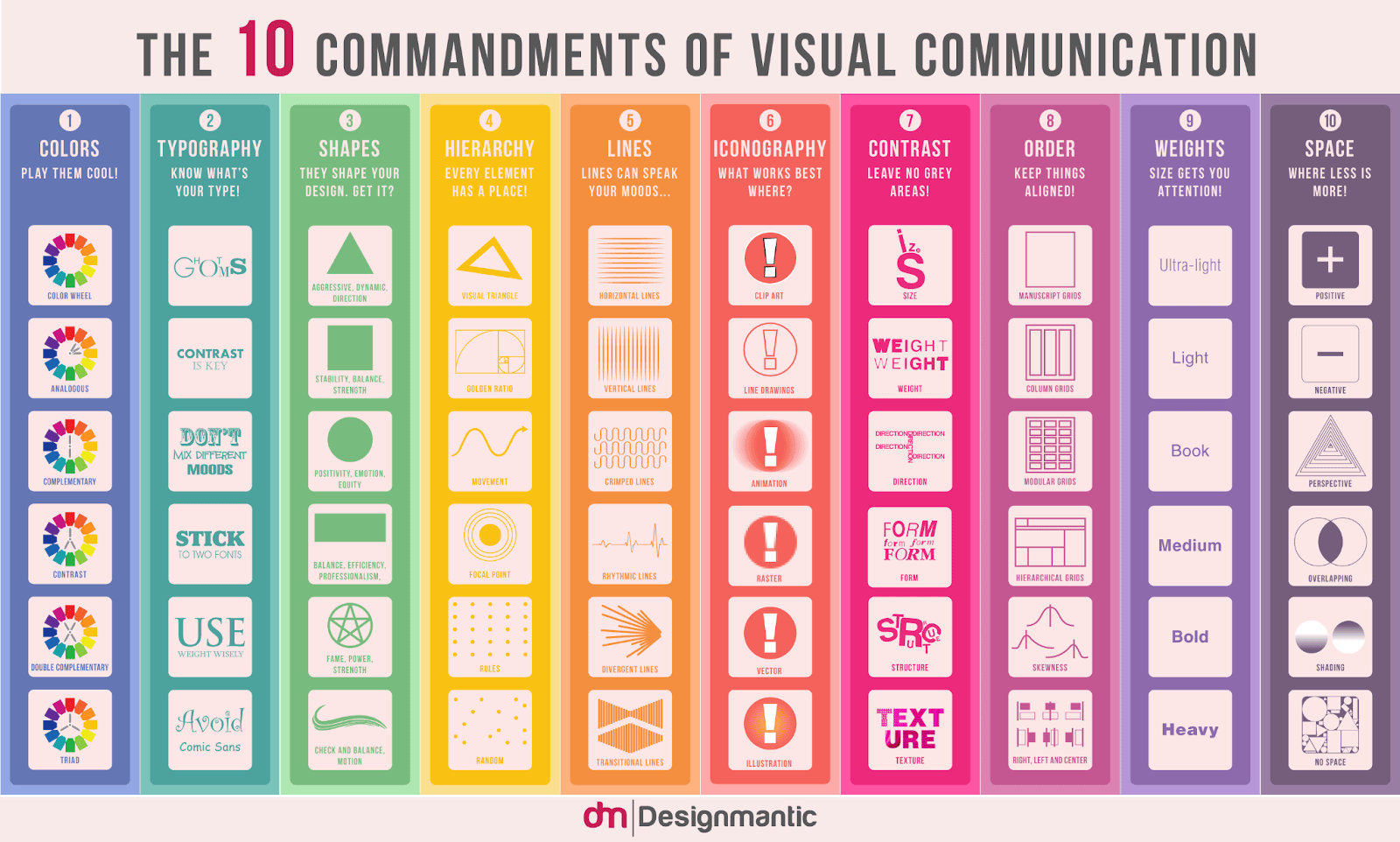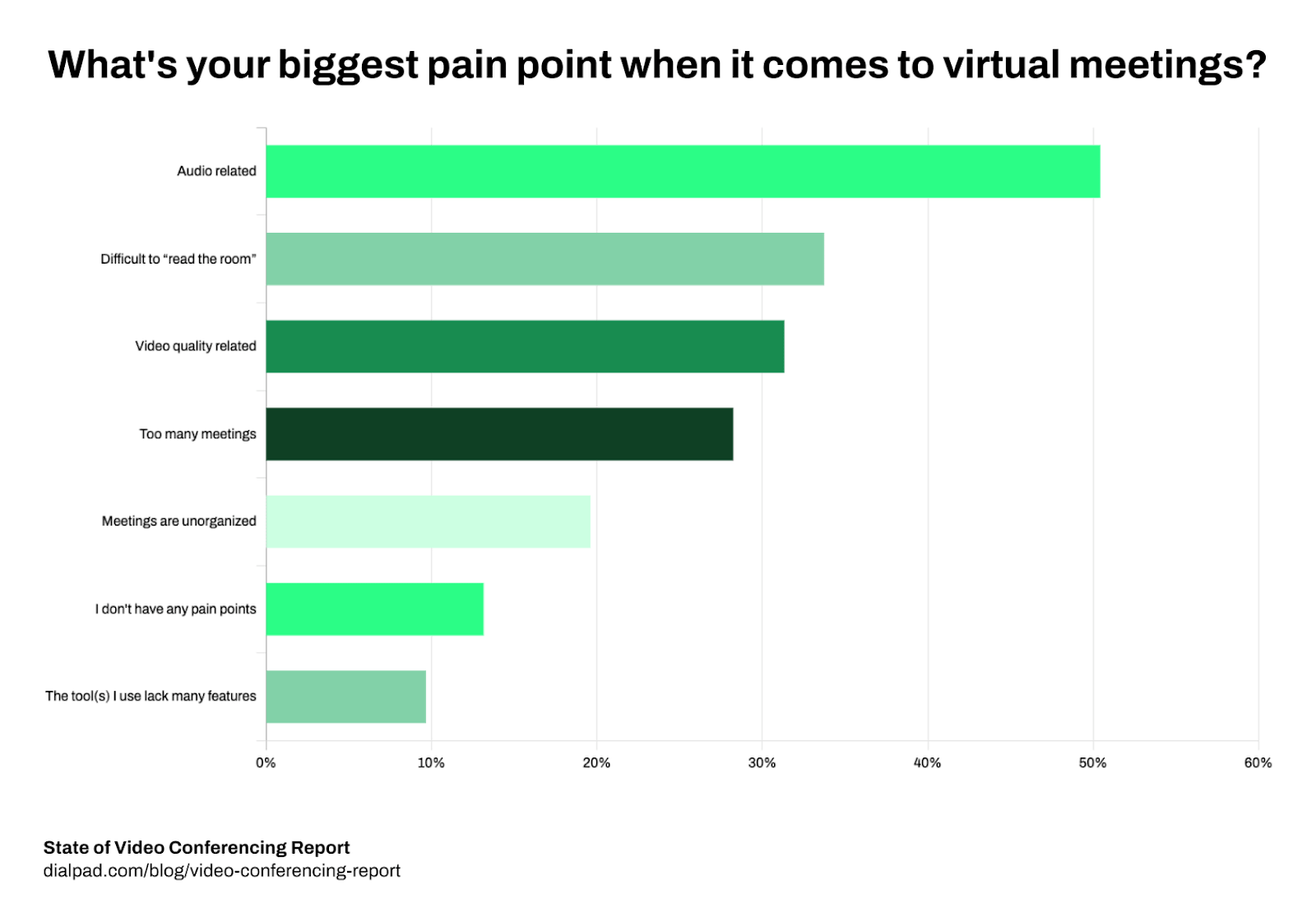A well-functioning team is the key to success. But if there's one thing that can often get in the way of a successful team, it's poor communication. If you're already struggling with this issue, don't worry: there are plenty of ways to improve your team's communications.

Here are ten surefire ways for better team communications.
1. Hold Team-building Activities
If there's one thing that can help build trust and strengthen relationships, it's team-building activities. They're fun for everyone and can break down barriers to create a more cohesive unit. Team building activities are also helpful in helping resolve conflict, solving problems, and sharing information.
You can even use team-building exercises as part of a company retreat or yearly convention where employees will be away from the office for extended periods. These events offer opportunities for team members who rarely interact outside of work or do not know each other very well due to their different departments or locations within the company (or outside).
2. Encourage Questions
If your team is less than open, encourage them to ask questions by leading by example. If an issue comes up that you don't fully understand, be the first person to ask for more information or clarification.
If a colleague has a question about something, ensure you answer it promptly and thoroughly so that your colleagues can learn from your experience and feel comfortable asking the same things themselves in the future.
By proactively encouraging questions from others, you're setting an example for how conversations should work within the team—and demonstrating how good communication looks.
3. Use an Internal Blog
Internal blogs are a great way to communicate with your team, especially if you're looking for a more informal approach than other options. If you use an internal blog, you can post news, articles, polls, and different types of content that will be relevant to the people who use it.
You can also update it when something new happens in the company or industry (such as new hires or project updates). This is especially useful if your team members work remotely—a blog lets them stay up-to-date on relevant information without worrying about whether they will remember everything from their email inboxes later on.

One vital concern is ensuring that all workers (including remote teams) have equal access. That means not just a reliable system but one that can be accessed safely from any location worldwide.
4. Reward Collaboration
Collaboration is the combination of efforts and resources to achieve a goal. It doesn't mean teamwork (working together with one another). It doesn't imply working as a group, even though that can be part of the collaboration.
If you're going to reward it in your workplace, make sure you know what it means and how you'll measure it before implementing any program. For example, standardizing document software can ensure team memes can access the same collaborative features.
5. Keep it Short and Simple
Remember when communicating with your team that the less you say, the better. It's probably best to keep things short and straightforward. This means that you should avoid jargon at all costs.
Your team will understand if you use words like "website" or "digital marketing strategy" occasionally. Still, they may start tuning out altogether if they hear too much jargon over social media channels or at weekly meetings (or even worse—on Slack).
Also, try not to get too complex when explaining something new to your teammates by using phrases such as "it looks like we need more resources" or "do we have time for this?" A simpler way would be: "We need more resources/Do we have enough time?"
6. Make Communication Visible

You can use a bulletin board, whiteboard, flip chart, or video conferencing system to convey messages to your team. If you don't have the luxury of these tools and materials in your office, you may use a mobile app or chat system instead.
You could also try using social media platforms such as Twitter and Facebook to stay remotely connected with your team members. There are many other ways that you can make communications visible without spending much money on multiple communication tools for your organization.
7. Schedule Regular (but Productive) Meetings
Meetings are essential to communication, but they can be difficult to make productive. The important thing is to make sure your meetings are effective. Have a clear purpose for each meeting and keep it on track. Knowing why you're meeting and what you want to accomplish during the session helps everyone stay focused.
Make sure that meetings don't last too long or go off-topic. If people feel like they're being asked to spend too much time in meetings, this can lead them to lose interest or become distracted by other things they could be doing instead. It's also essential not to go off-topic during a meeting—this will waste more time than necessary!
In addition, make sure that everyone on your team gets an invite so each member feels included (and not left out).
8. Embrace Video Calls

Video conferencing isn't just for business meetings and client pitches. Many of the best ways to use video calls in your team communications have nothing to do with work. They can also help you build trust and relationships with your team members by allowing them to see you as a human rather than an email avatar or disembodied voice on a phone call.
Video calls also give everyone who participates in the conversation new insights into each other's personalities, which will help foster a sense of camaraderie. When people trust each other, feel more connected to one another, and know that their teammates are watching out for them—instead of simply working against each other—they're much more likely to work together effectively as a cohesive unit.
9. Maintain an Open-door Policy
When you have an open-door policy, you allow your employees to share their opinions and concerns without hesitation. This helps to build trust between you and your staff members, which can lead to a more productive work environment.
If your employees know they can talk with you about any issue that concerns them, they will feel more comfortable in their jobs and will be more productive overall when they know that someone has their back at all times.
10. Be Available for Quick Reactions
When you're on a team, there's a good chance you'll receive messages from your coworkers. Responding to these messages is vital so everyone knows what you're up to and can plan accordingly. However, if you often need to multitask, you may be distracted when getting lots of messages throughout the day.
This can be overwhelming if you don't set aside time for calls or emails. Instead of responding late into the evening when everyone else has gone home for the night, take care of urgent matters first thing in the morning when it's quieter and there are fewer distractions around (and before checking social media).
Conclusion
Communication is one of the most important aspects of any team. If the team members aren't communicating effectively, it can lead to various problems, including missed deadlines, poor quality work, and even increased turnover.
It can be challenging for team members to stay in sync, especially when they're spread across the globe, but with the right tools and practices, it's possible to keep everyone on the same page.
